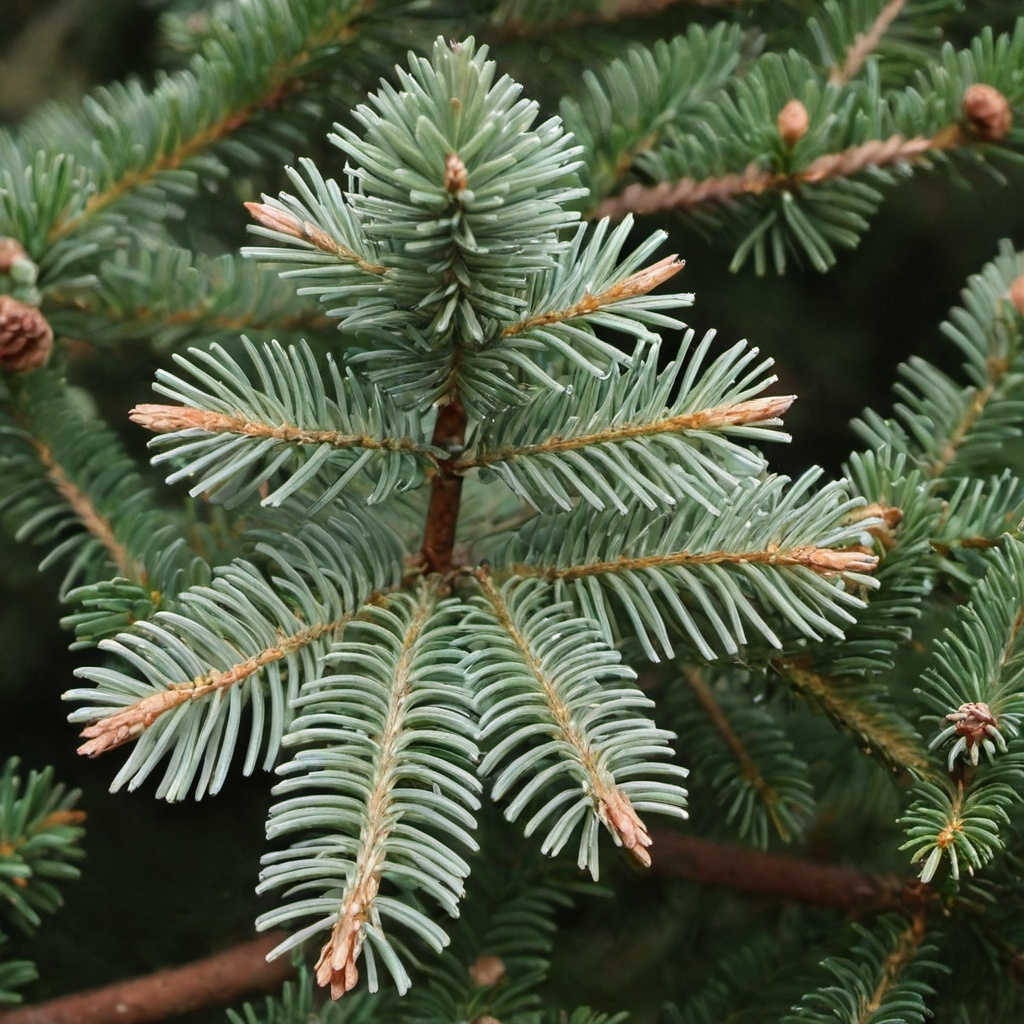Shasta Red Fir Tree Seeds
Shasta Red Fir Tree Seeds
Couldn't load pickup availability
Shasta Red Fir Tree Seeds
(Abies magnifica shastensis)
Abies magnifica var. shastensis, commonly known as Shasta Red Fir, is a variety of the California red fir.
Characteristics
- Height: Can reach up to 200 feet (60 meters).
- Trunk Diameter: Typically 2-6 feet (0.6-1.8 meters).
- Bark: Gray and smooth on young trees, becoming rough and furrowed with age.
- Needles: Dark green, 1-1.5 inches long, curved upward.
- Cones: Cylindrical, 6-9 inches long, initially purple turning brown as they mature.
Habitat
- Range: Found in the Cascade Range and Klamath Mountains of northern California and southern Oregon.
- Elevation: Grows at elevations between 5,000 and 8,000 feet (1,500 to 2,400 meters).
- Climate: Prefers a cool, moist climate and often grows in mixed coniferous forests.
Growth and Care
- Soil: Thrives in well-drained, acidic to neutral soils.
- Sunlight: Requires full sun to partial shade.
- Water: Needs regular watering, especially when young; once established, it is more drought-tolerant.
Uses
- Timber: Valued for its wood, used in construction and for making paper.
- Ornamental: Occasionally planted as an ornamental tree in parks and large gardens.
- Ecological: Provides habitat for various wildlife species.
Zones: 6 to 8
Stratification Requirement: Seed requires 30-45 days cold moist stratification.
Planting Instructions:
Seed Preparation: Begin by preparing the seeds. They benefit from a cold stratification period of 30 to 45 days to break dormancy. Place the seeds in a zip lock bag with moist seed-starting mix. Store in your fridge.
Soil Preparation: Choose a well-draining, acidic soil mix. The soil should be kept moist but not waterlogged.
Sowing the Seeds: Plant the seeds in the prepared soil. Lightly cover them with soil, ensuring they are not buried too deep.
Watering: Keep the soil consistently moist but not overly wet. Regular, gentle watering is recommended to avoid disturbing the seeds.
Light and Temperature: Place the seeds in a location with plenty of indirect light. Avoid direct sunlight which can dry out the soil quickly. Maintain a cool, stable temperature during germination.
Transplanting: Once the seedlings are large enough to handle, they can be transplanted to individual pots or a permanent outdoor location. Ensure the site has well-draining soil and partial to full sun exposure.
Share


